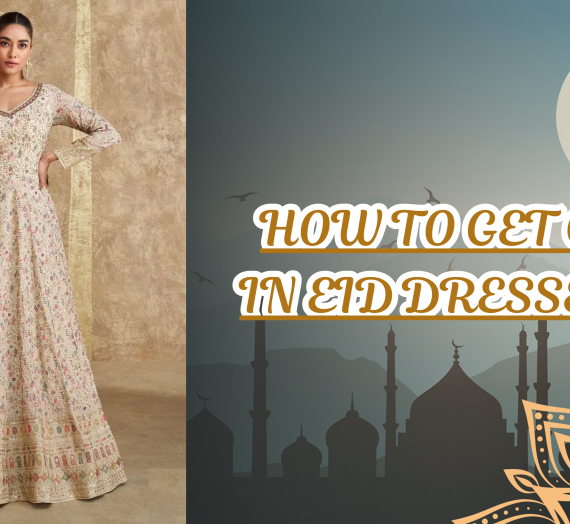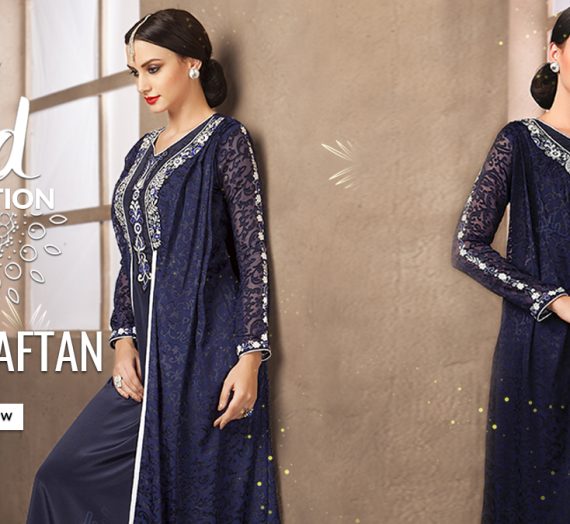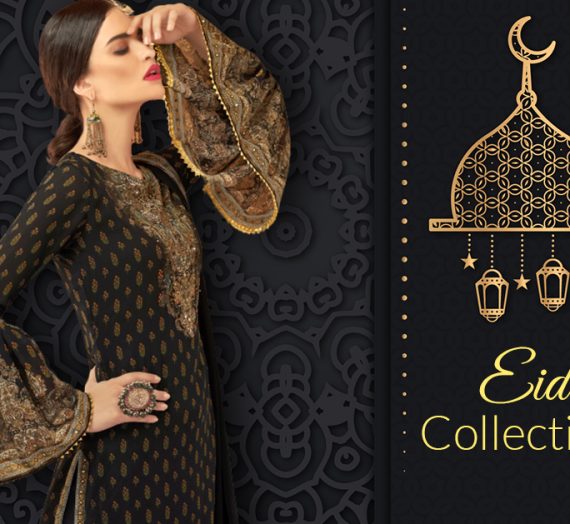Muslims all over the world, including those who live in Europe, enjoy Eid, the holiday of happiness and coming together. Muslims have kept their religious and cultural customs alive, even though they are a minority in many European countries. This makes Eid a lively and important event. This piece will talk about how people in Europe enjoy Eid and some of the most famous clothes for the holiday.
Eid Celebrations in the West
Muslims all over Europe get together to enjoy Eid with a lot of joy and devotion. Even though it’s hard for them to be away from home, they try to keep their national identity and enjoy Eid in a way that reminds them of their home countries.
Prayers and community events
In Europe, one of the most important parts of Eid is the group prayers that happen in churches and other marked prayer areas. Muslims from all walks of life gather for special prayers called Salat al-Eid. After the prayers, lectures stress the importance of togetherness, kindness, and charity.
Eating and being friendly
During Eid, food is very important. Families and friends get together to share tasty meals. In Europe, traditional foods from many cultures are made with love and shared with family and friends. Some examples are biryani, kebabs, and desserts. Muslims also often ask friends and neighbours, no matter what religion they are, to join the parties as a sign of kindness and acceptance.
Giving and receiving gifts
Muslims in Europe celebrate Eid by giving gifts to family and friends. This is a practice that goes back hundreds of years. Children especially look forward to getting “Eidi,” which are money gifts from older people as a way to show their love and thanks. Additionally, a lot of Muslim groups in Europe do good things for others, like giving food packages to people who are struggling, so that everyone can enjoy the joy of Eid.
Eid dresses that people in Europe like
What people wear on Eid depends on their culture, personal taste, and the fashion trends in their area. In Europe, however, Muslim groups often wear the same types and clothes during Eid events.
Clothing from the past
A lot of Muslims in Europe choose to dress in native abaya clothes from their home countries. People from South Asia, for instance, might wear bright shalwar kameez or skirts with lots of needlework and beads on them. In the same way, people from Arab countries often wear beautiful thobes and abayas, which shows off the rich cultural history of the area.
New Fusion Clothing
Fusion clothing, which blends traditional and modern styles, has become more popular over the past few years. This lets people show their national personality while also following the latest fashion trends. For example, some people might wear a traditional shirt with pants, or they might wear Western jewellery and shoes with traditional indian clothes.
Simple Fashion Trends
Modesty is an important part of pakistani dress, and many Muslims in Europe choose to celebrate Eid in humble clothes. These are clothes like long dresses, skirts, and tops that cover the body modestly but still look elegant and stylish. In Europe, modest clothing brands that cater to Muslim customers have become more famous and offer a wide range of choices for Eid clothes.
Decorative Items and Extras
Whatever style is worn, Eid dresses often have small details added to them, like glitter, beads, and stitching, which make the outfit look more fancy. Accessories like scarves, handbags, and jewellery with a statement are also carefully chosen to go with the Eid dress and finish off the look.
Last but not least, Eid events in Europe show how diverse and strong Muslim groups are across the continent. Through sincere prayers, delicious feasts, and bright clothing, Eid brings people together in a mood of joy and unity that crosses national borders and makes people feel like they belong. Muslims in Europe are proud to enjoy their faith and history on Eid, whether they wear traditional clothes or clothes that mix old and new styles.



